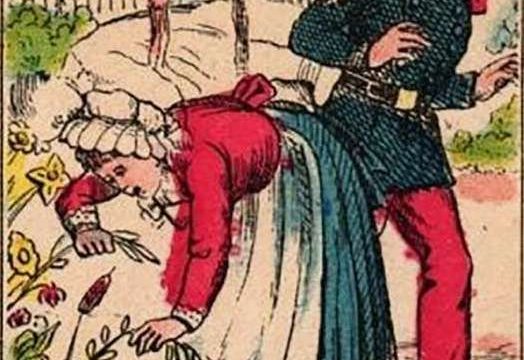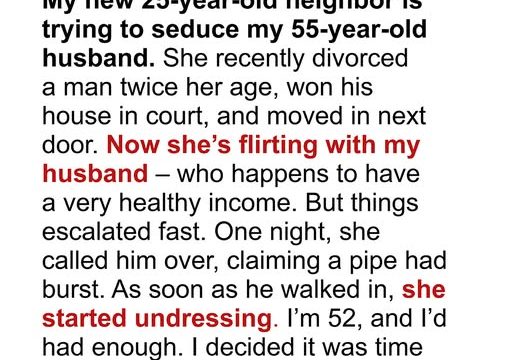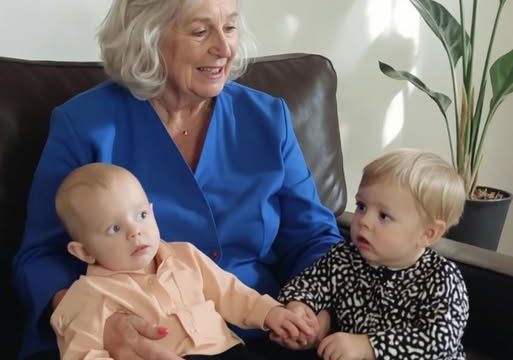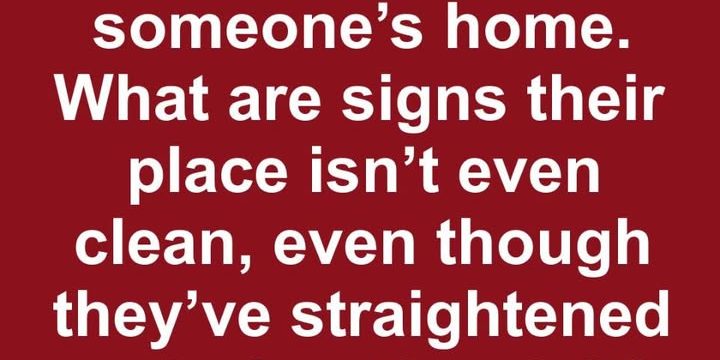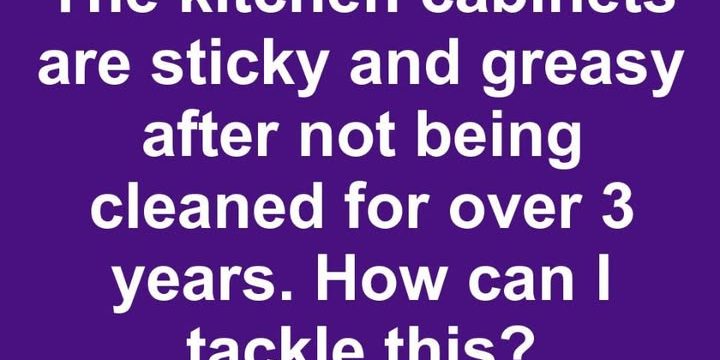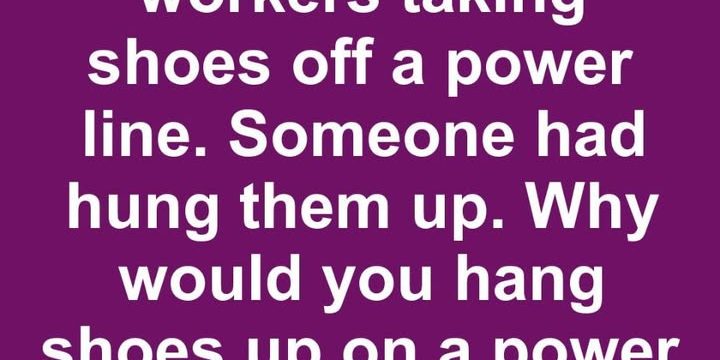What happens when you pair the effortless charm of Henry Winkler with the high-energy comedic brilliance of Michael Keaton? You get pure cinematic magic!
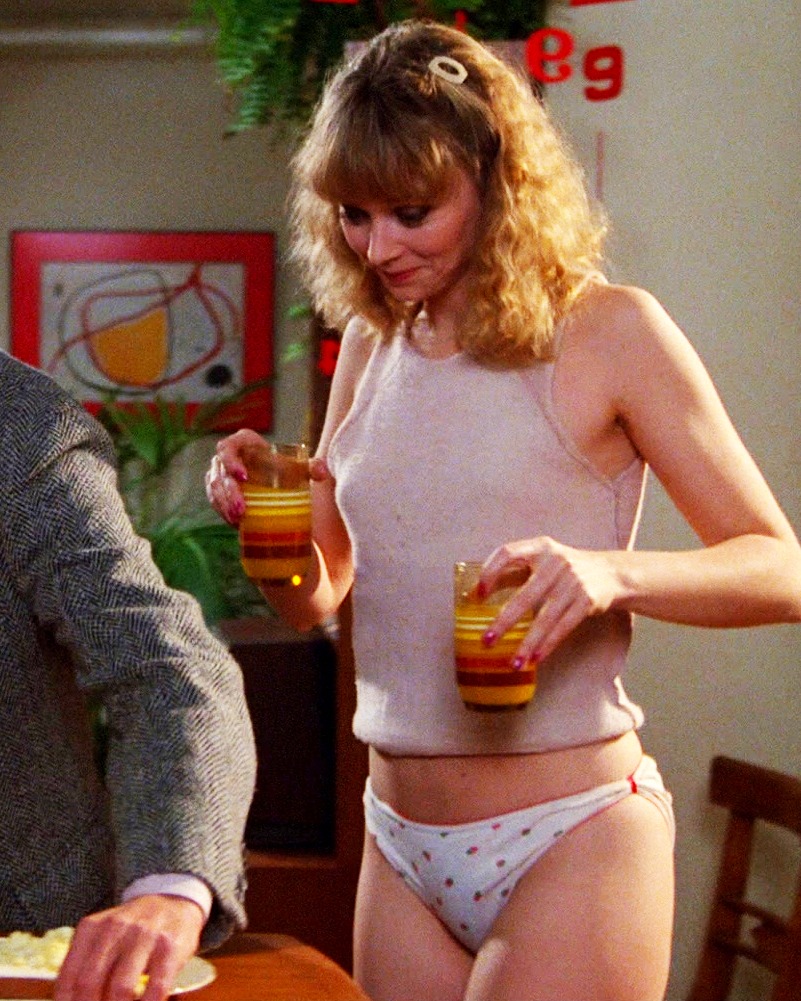
Night Shift (1982) wasn’t just Ron Howard’s directorial debut—it marked the creation of a cult classic. Winkler and Keaton’s undeniable chemistry steals every scene, Shelley Long adds a delightful touch, and if you pay close attention, you might even catch a young Kevin Costner in the mix.
But the biggest surprise? Shelley Long’s unforgettable “magic in the kitchen” moment. Let’s dive into the hidden gems behind this legendary film!
From Morgue to Mayhem
Released in 1982, Night Shift quickly became a comedy favorite, introducing audiences to Michael Keaton’s unique comedic style while showcasing Ron Howard’s budding talent as a director. The story is set in a New York City morgue, where Chuck Lumley (Henry Winkler), a mild-mannered night shift worker, teams up with his eccentric and wildly ambitious coworker, Bill Blazejowski (Michael Keaton).
Their partnership takes an unexpected turn when they stumble upon an unconventional business opportunity—transforming the morgue into the headquarters of a high-end escort service. The result? A series of hilarious and unpredictable situations that keep audiences entertained from start to finish.
What sets this film apart isn’t just the clever humor but the incredible chemistry among the three leads. Each character is irresistibly likable, making every scene a joy to watch.
Keaton’s Big Break
It’s impossible to talk about Night Shift without highlighting Michael Keaton.
Before this film, Keaton was relatively unknown, having only appeared in a minor comedy and a short-lived CBS series called Report to Murphy. Landing the role of Bill Blazejowski changed everything.
“I don’t know how many times I had to go back in and audition,” Keaton recalled. “It was just callback after callback after callback.”
His persistence paid off, and he won over the writers and producers with his fast-talking wit, expressive face, and infectious energy. Keaton later reflected, “I came along just as television actors were starting to break into movies.”
To get into character, he would crank up the volume on Bruce Springsteen’s “10th Avenue Freeze-Out” before filming. On opening day, Keaton went to see the movie alone. “I wanted to sit right in the middle of the theater in the afternoon, and it was wonderful,” he said.
The Man Who Helped Keaton Shine
Ron Howard made the perfect choice by casting Keaton, but Keaton’s success might not have been possible without Henry Winkler’s support.
In scene after scene, Keaton’s high-energy performance contrasted perfectly with Winkler’s subdued portrayal of Chuck Lumley. Critics raved about Keaton’s breakout role, and Hollywood took notice.
Interestingly, Winkler had the option to play either character but deliberately chose Chuck to distance himself from his iconic role as “The Fonz” on Happy Days. As he once tweeted, “I thought I’d play Richie Cunningham for once.”
Though their on-screen chemistry was fantastic, Winkler initially wasn’t sure about working with Keaton. “The guy’s talented, but I don’t know if I’m comfortable working with him,” he admitted. However, Ron Howard reassured him that their on-screen tension would actually enhance their performances.
Big Names Who Almost Played Bill Blazejowski
Keaton wasn’t the first choice for Bill. Ron Howard initially approached actors like Kurt Russell, Mickey Rourke, John Belushi, Dan Aykroyd, Bill Murray, and even John Candy for the role. However, none of them were interested or available.
One of the film’s writers, Lowell Ganz, had seen Keaton perform and told Howard, “Keaton is going to be a star for somebody, and he might as well be a star for us.”
Improvised Brilliance
Throughout Night Shift, Keaton’s improvisational skills steal the show. One of his best unscripted moments happens when a blind man asks Winkler and Keaton for spare change. Keaton’s response? He writes the guy a check. Classic Keaton!
Did You Catch Ron Howard’s Cameo?
Ron Howard couldn’t resist making an appearance in his directorial debut. If you look closely, you’ll see him and his wife Cheryl sharing a kiss in front of Chuck’s apartment. Howard also appears as the saxophonist in the subway scene, while his brother Clint Howard plays the quirky character Jeffrey.
Early Appearances from Future Stars
Night Shift features some blink-and-you’ll-miss-it moments from future Hollywood icons. Kevin Costner makes a quick appearance as a frat boy at the morgue party, while a young Shannen Doherty plays a “Blue Bell” (similar to a Girl Scout) in an elevator scene.
The Song That Became a Hit
Did you know that Night Shift introduced the world to the classic song “That’s What Friends Are For”? Originally recorded by Rod Stewart for the film’s soundtrack, it later became a global hit when Dionne Warwick, Elton John, Gladys Knight, and Stevie Wonder recorded it in 1986. Their version topped the Billboard charts and raised over $3 million for AIDS research.
Shelley Long’s Unexpected Role
Shelley Long was hesitant to play Belinda, the tough but sweet prostitute who teams up with Chuck and Bill. Initially, she wasn’t sure about taking on the role, but after some research and an outstanding audition, she embraced it. Critics called her portrayal “the happiest, most wholesome hooker ever seen on screen.”
One hilarious continuity error occurs during Belinda’s breakfast scene. Chuck asks for scrambled eggs, but when she starts cooking, they’re clearly fried. Yet, when she serves them, they magically transform into scrambled eggs!
A Cult Classic That Stands the Test of Time
Night Shift is packed with unforgettable moments, ‘80s comedy gold, and an all-star cast. The chemistry between Henry Winkler, Shelley Long, and Michael Keaton is pure magic, making this a story of unexpected friendships, personal growth, and hilarious misadventures.
What’s your favorite moment from this ‘80s classic? Share this article with your friends and take a nostalgic trip back to one of the funniest films of its time!
